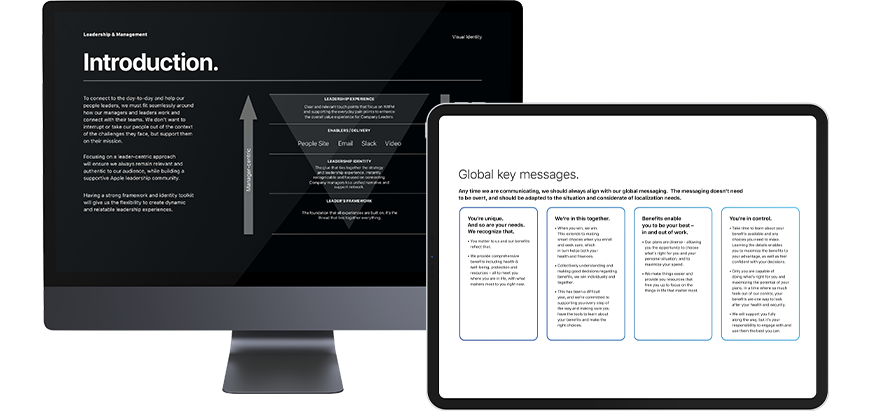3 - Are you treating DEI as a ‘problem’ to ‘solve’?
Laying our cards on the table, declaring our commitment to improving diversity, ramping up inclusion, and reviewing policies and processes to create equity: all of this ‘work’ suggests there’s one day going to be a ‘solution’ to ‘the DEI challenge’.
Framing DEI as a challenge, can make it difficult for employees to ‘own’ and want to be on board with inclusion and diversity measures. And in some cases, employees fear that the solution could mean a reduction in opportunities for them personally.
In fact, a study by Dynata found that one in three employees fear that an unintended consequence of increased awareness around D&I would be losing their role. This increased to 46% for white men.
Advice for internal communicators:
Reframe the way you communicate – it’s time to shake off the scarcity mindset, and highlight the benefits of inclusion – after all, a rising tide lifts all boats.
Imagine a scenario: within a mixed team at your organisation, a woman has been promoted. The immediate reaction may be to consider that the woman has ‘won’ and her colleague, a man, has ‘lost’. This is not the case - opportunity begets opportunity – and shouldn’t it be the case that a successful team will create new opportunities which will mean even more promotions across the team?
Think about language, framing and communicating in a way that is benefit-led. Shifting the dial on DEI should be seen as a continuous growth process – not an end-dated plan or strategy.
4 - Are you ‘preaching to the converted’?
Most folks at your company are likely good people. They’ve done the unconscious bias training, added pronouns to their email signatures and ‘liked’ that post on Yammer about Pride month. They’ve ticked the boxes, they’re already on board… that’s it, right? What more can they ‘do’ as employees?
In their minds, diversity and inclusion is on track, so there’s not much more to personally action – so why do internal channels keep talking about it so disproportionately in comparison to everything else that’s going on? In the same study by Dynata, it was found that 68% of white men who responded to the survey believe that they don’t need any further education about the importance of DEI – suggesting they have all the knowledge they’ll ever need, and have done all they can. All that said – we know we can’t drop the ball on DEI, and we have a long way to go.
Advice for internal communicators:
As a communications professional, you’re likely familiar with the ‘know’, ‘feel’, ‘do’, framework for landing key messages. When you’re communicating around diversity, it can be tricky - there is no ‘do’ for diversity for the average employee.
Instead, the ‘do’ should encourage inclusion: ingraining actively inclusive behaviours that are are a choice, and an expectation of all employees.
And better yet, make clear connections between inclusive behaviours and how these will support your business strategy and help achieve your corporate purpose. Connect the dots for employees about where the organization is headed, what DEI means in that context and what’s needed from them individually.



